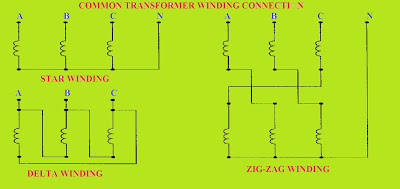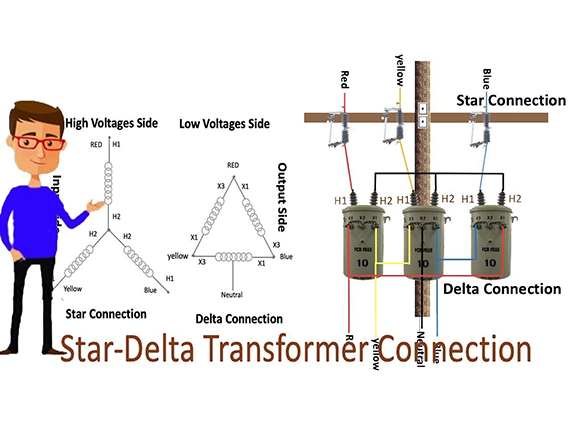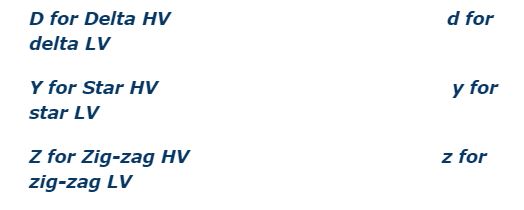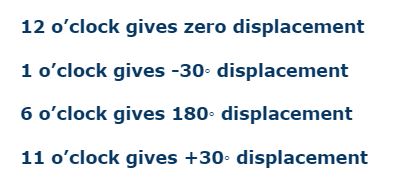WINDING CONNECTION OF THREE PHASE TRANSFORMER
Commonly used three-phase transformer winding arrangements for primary and secondary sides:
The transformer is a crucial device for transferring electrical energy from one step to another in power transmission and distribution system. Transformers can be constructed as single-phase or three-phase. Our discussion is limited to three-phase transformer winding arrangements.
Related article: Three windings transformer: https://vietnamtransformer.com/our-news/what-is-a-three-winding-transformer-difference-between-three-windings-in-a-transformer
Three commonly used three-phase transformer winding arrangement methods are star coil, delta coil and zig-zag coil are shown in the diagram. Each method can be applied to either or both primary and secondary windings.
The transformer's star coil contains four terminals used when a neutral connection is required for grounding. Normally, the star connection is used in low voltage distribution transformers primary and secondary windings and secondary windings of distribution transformers.
Delta coils contain the most frequently used tree terminals on high voltage windings, usually the coil connected to the power supply. The delta connection also allows the third harmonic to flow, which improves the waveforms of current and voltage on both sides of the transformer. Delta coils can be a bit more expensive because the insulation has to withstand the full line-to-line voltage.
The zig-zag winding requires each three-phase winding to be split in half. Each half is connected to a coil half on another core limb. The zig-zag winding is used to suppress the third harmonic or provide a neutral connection as a grounded transformer as a power rectifier. Higher harmonics can fail and must be reduced minimally.

Transformer Winding Arrengement
According to the IEC 60076 standard, some specific numbers and letters are used, such as for high voltage (HV) terminals with uppercase letters.
e.g: A-B-C, R-Y-B, U-V-W, L1-L2-L3 and for low voltage (LV) terminals have lower-case letters e.g: a-b-c, r-y-b, u-v-w, l1-l2-l3. Each winding has a start numbered 1 and a finish number 2. Tapings are numbered 3, 4, 5 etc. from the start terminal
The choice of letters and numbers depends on different countries
The coil type, e.g. star, delta, is given as a letter, again uppercase for HV and lowercase for coil LV. The letters are,
Since phase angle shifts can occur on a transformer due to its connection method, it is necessary to determine this shift. The numbering system for this is based on the clock hands. Each minute position on the clock gives a phase difference of 30◦, such as
These are commonly encountered displacements. (Note that the rotation of the phasor is counterclockwise).
For example, a transformer with delta winding HV, star LV winding and displacement +30◦, It is described in letters and numbers as a Dyll transformer.
Transformers in Electrical Engineering is a very large field that needs to be discussed and widely used. It just can't make sense in an article or even in a book about Transformers. But hopefully, this description of the three-phase transformer winding layout will help you in your work and make you hungry to learn more about transformers in your field of work.



